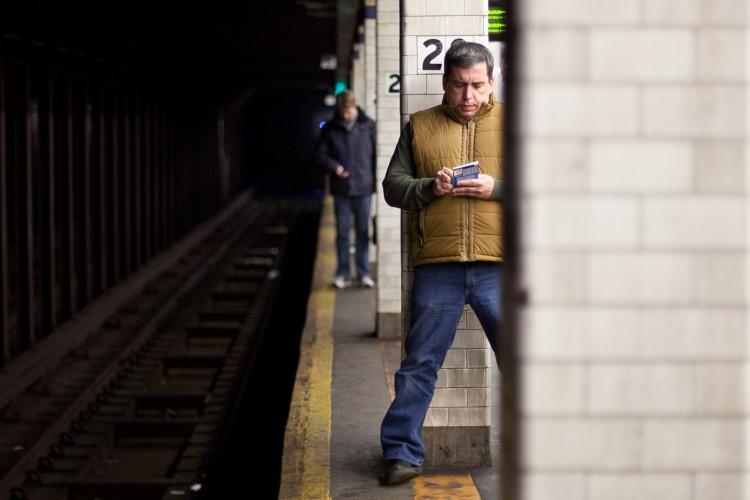NEW YORK—Six subway-related deaths in the last month and a half have prompted calls for investigating what can be done to boost safety underground.
“Too many people are dying in our subways,” said Scott Stringer, Manhattan borough president, in a statement. “Our subway system is one of the largest and most traveled in the world, but we must also make it the safest.”
Stringer and other officials, as well as transit advocates, sent a letter to the MTA’s Inspector General on Wednesday, asking for an in-depth investigation of the recent injuries and deaths related to subways. The investigation should include looking at how the managing entities of other subway systems are approaching safety.
A man was pushed onto subway tracks in Midtown on Dec. 3. Four other incidents happened in the following weeks. Then, on Jan. 22, an individual committed suicide by going onto the tracks at the Times Square subway station.
Barry Kluger, the MTA’s inspector general, declined to be interviewed on Wednesday.
On Thursday, his office emailed a statement. Kluger says he’s coordinating with the state’s Public Transportation Safety Board to investigate subway-related accidents and deaths.
The subway deaths have also disturbed Councilman James Vacca, chair of the council’s Transportation Committee. Vacca says he will hold an emergency hearing soon, convening “all relevant stakeholders,” including mental health professionals, safety experts, transit experts from around the world, and riders.
Systems in Paris and Seoul, among others, have installed screen doors on some platforms to prevent people from going onto the tracks.







